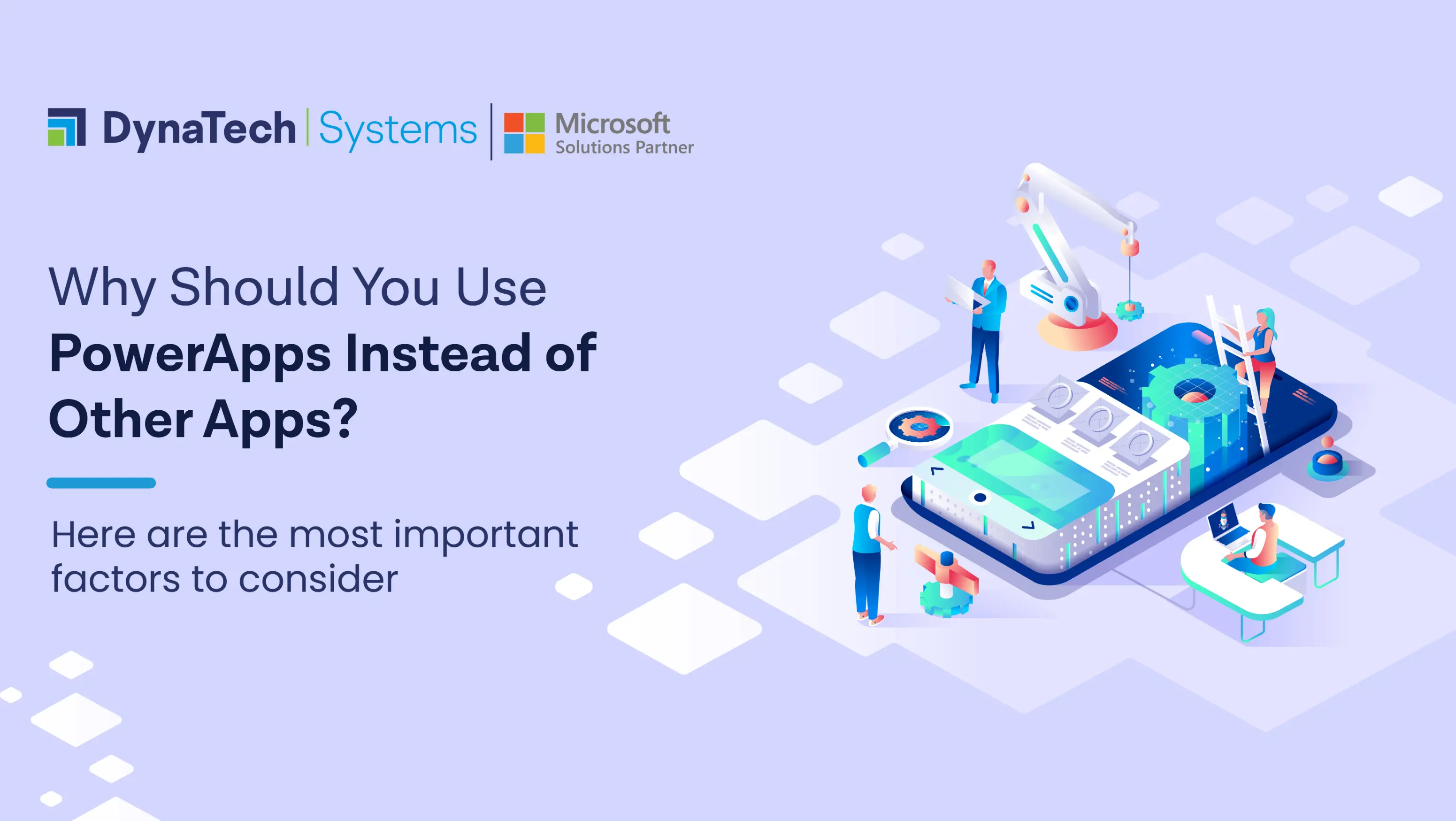PowerApp is a cloud-based tool that allows you to create customized business applications for your company. It’s also a low-code solution that will enable users to create apps with Power Apps easily.
What is PowerApps? A Detailed Overview
At its core, PoweApps is a platform that allows developers to create mobile apps that can run on iOS, Android, Windows, or all the internet browsers out there. Essentially, PowerApps connects a suite of services and data platforms which allows creating an environment that supports rapid mobile app development.
- It also aids indirectly in connecting external data sources within the app. For example, you can publish and share your app with your organization’s team members after it’s finished.
- One can easily and rapidly create business apps with responsive designs by utilizing Power Apps. This application is user-friendly and compatible with any browser (Microsoft Internet Explorer 11, Chrome Browser, and Microsoft Edge) and any mobile device (phone or tablet).
PowerApps makes it simple to design apps
A user may quickly develop an app by dragging and dropping without knowing how to code. So, whether you’re building a mobile phone app, a web app, or a desktop version, Power Apps makes it easy to get started.
Apps for Canvas
Canvas apps can be viewed in a web browser or downloaded as a ‘player’ app for iOS, Droid, and Windows phones and tablets.
They can link to various data sources, like Excel, SharePoint, SQL Server, online services, and on-premise databases. In addition, you can also use the apps offline on a mobile device.
Model-driven apps
Model-driven applications are ideal for ‘back office’ settings. These apps are built on the Dataverse database table that we create, and power Apps creates data entry panels for you depending on the data description. Charting, dashboards, and workflows are all available.
Apps for Portals
We can graphically create public-facing web pages using Portal apps. In addition, we can quickly design forms to link to information in a Dataverse database, and it has security and content control features.
Microsoft PowerApps: Getting Started with the App/Website Building Process
Step 1: Choose a PowerApps environment.
Within PowerApps, you can work in one of the four tools or environments, each with its unique roles, features, and capabilities.
Website for PowerApps
You’ll start your PowerApps journey and service experience on the website. It is where you’ll be able to make new apps and manage the ones you already have.
Studio for PowerApps
You’ll be able to construct and adjust apps to your business needs right here!
PowerApps Studio has three panels and a toolbar that makes app development feel like making a PowerPoint slide presentation.
Mobile App for PowerApps
This useful mobile app is available on both phones and tablets (iOS and Android) (Windows 10). It provides an execution environment where you may run the whole of your PowerApps apps, regardless of platform. It includes the ones you were given and the ones you developed and coded yourself.
Admin Center for PowerApps
You may develop and administer the environment, DLP (Data Loss Prevention) strategies, and user roles using Admin.powerapps.com. You can also obtain a listing of user licenses in the tenancy.
Step 2: Decide the PowerApps application type you want to use
By arranging controls and data in a “pixel-perfect” user experience, Canvas apps allow you to organize your interface flexibly and efficiently. Bringing your company skills and research to the app’s design is the primary focus. Canvas apps are designed to be lightweight or even disposable programs that can be created and utilized in minutes.
Model-driven applications are built atop Common Data Services, which you can use to create forms, procedures, and business requirements quickly. They concentrate on more extensive programmes meant to be used frequently (multiple hours at a time).
Step 3: Decide on the type of storage you want
Power Platform, and notably PowerApps, are designed for a future where data reigns supreme and is at the heart of every business function. As a result, picking suitable data sources is critical for app design.
Step 4: Link your app to a data source, either online or on-premises
PowerApps was created on the cloud, and it can access cloud sources of data natively. It can, however, link to on-premises data sources. You’ll need to set up the on-data gateway for this to happen. This gateway is used by several cloud apps, including the entire Power Platform (Power BI, Flow, and PowerApps), Azure Analysis Services, and Azure Logic Apps.
Microsoft PowerApps Use Cases (with Examples) and Benefits
Employee Onboarding App – PowerApps Use Case #1
Microsoft PowerApps is notable for its ability to effortlessly combine data from other Office apps such as Outlook, tasks, and calendars. For example, you may create a worker onboarding app with PowerApps that brings together resources such as policy manuals, member of the team contact, and forms on one platform for a seamless onboarding experience for employees. It also simplifies the function of HR employees in onboarding new hires.
Service Request App – PowerApps use case #2
You can also use the PowerApps platform to create an interactive application that allows users to submit IT service requests. Developing apps for additional purposes is also possible, for example, collecting service requests for facility maintenance, purchase orders, human resources, and more.
The developed apps are platform-agnostic and may be accessed directly through SharePoint or the PowerApps mobile app for Windows, Android, and iOS.
What Can DynaTech Systems Do for Microsoft PowerApps?
DynaTech has a global client base and helps businesses streamline their business operations and improve their performance by providing solutions tailored to their specific needs.
DynaTech uses its products at the top level with guaranteed success, leveraging its understanding of the Microsoft Dynamics 365 infrastructure and substantial experience in supporting industries such as Manufacturing, Trade & Distributors, and Projects & Services. For more get in touch with us at sales@dynatechconsultancy.com.




























